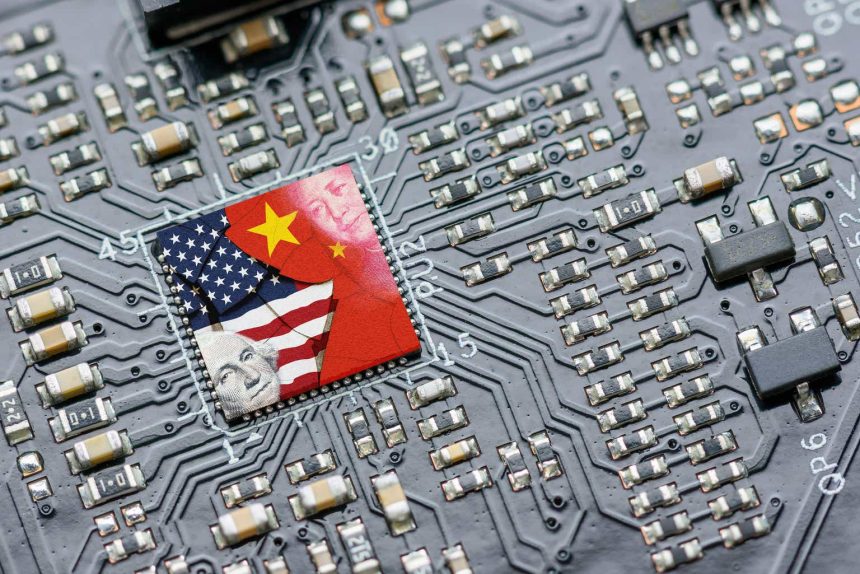As the saying goes, the Stone Age did not end because we ran out of stones; we transitioned to better solutions. The same opportunity lies before us with energy efficiency and clean energy. – Steven Chu
Product Profile
Investors on the lookout for exchange-traded fund, or ETF, plays based in China have a plethora of options to choose from. Today, I’ll be focusing on the KraneShares MSCI China Clean Technology ETF (NYSEARCA:KGRN).
KGRN essentially covers Chinese companies that are exposed to clean technology and those that will play a key role in a more environmentally sustainable economy. To qualify for consideration, these China-based companies are required to generate at least half their revenue from environmentally beneficial products and services. Put another way, 50% of a company’s group revenues should come from at least one of the following avenues: a) sustainable water; b) alternative energy; c) pollution prevention; d) green building; or e) pollution prevention.
Interestingly enough, since its inception, KGRN has outperformed the most popular Chinese-based ETF – the iShares MSCI China ETF (MCHI), as well as the flagship EM ETF – the iShares MSCI Emerging Markets ETF (EEM).
YCharts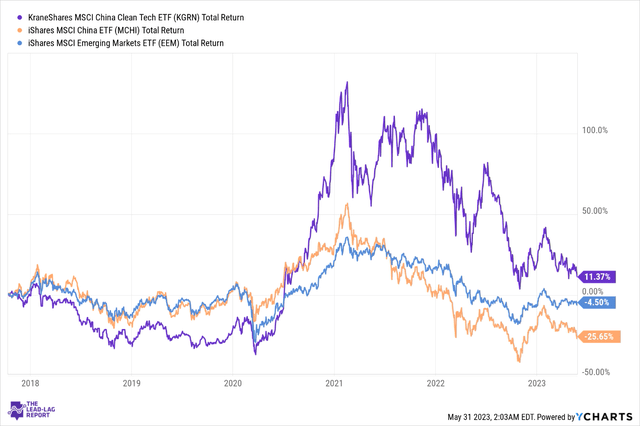
China Is Making All The Big Noises In The Clean Energy Space
The level of outperformance captured in the chart above gives you a sense of how much investors appreciate Chinese stocks that are committed to fulfilling the country’s clean energy ambitions. To better understand China’s growing endeavors in this market, consider the following.
Firstly, note that renewable energy is expected to be the go-to space over the next few years; IEA believes that 95% of the fresh global power capacity through 2026 will be in the renewable space, and while China won’t be the only economy chipping in here, you’d be hard-pressed to find a more dominant contributor. For context, through 2026, China is expected to contribute a whopping 43% of total global renewable capacity.
IEA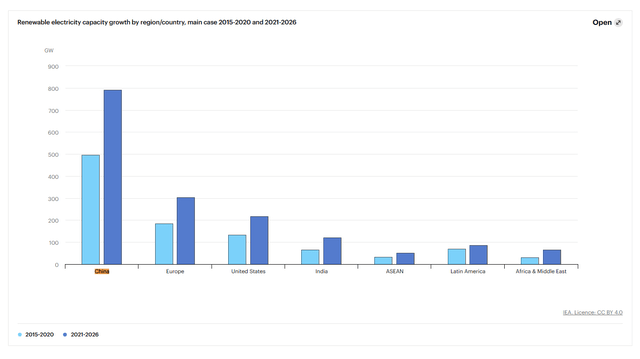
Already last year, we’ve seen China account for a lion’s share of energy transition investment. Bloomberg NEF noted that in 2022 alone, China invested $546 billion, or nearly half of the global total in energy transition investment. For context, the U.S. was a distant second at only $141bn. The right-sided portion of the image below also highlights how dominant China has been over the years in pursuing factory investments in the clean energy space; in FY22, its share stood at a whopping 91%.
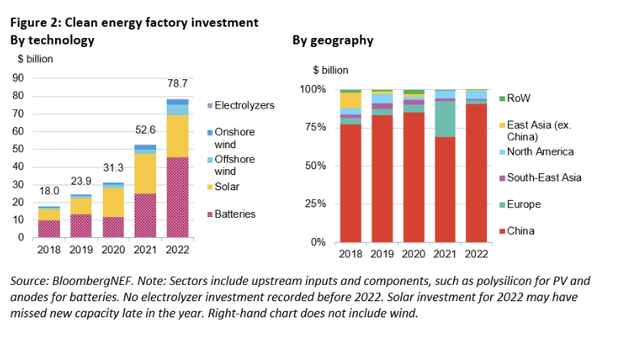
BloombergNEF
Considering the gigantic sums of money that are being deployed in this market, you can see why investors would be tempted to make a beeline to a portfolio such as KraneShares MSCI China Clean Technology ETF.
Risks
So far so good, but China can’t expect the world to take a backseat and let them get on with things. A guest on Lead-Lag Live – Kyle Bass, had recently joined me for a chat, analyzing the ramifications of the G7 meeting that had taken place a few days back. He has urged investors not to get carried away by the sanguine headlines of the G7 event, but rather to also consider that efforts are being taken to dent China’s strengths in the clean energy space. Meanwhile, the New York Times too has validated this positioning, suggesting that some of the wealthiest and largest economies in the world are colluding together to ostracize China even as they seek to ramp up their own climate-friendly agendas. In light of these developments, don’t be surprised to discover portfolio flows ebb away from China and pivot to other big regions in the clean energy battle.
If you’ve followed my commentary in the global section of The Lead-Lag Report, you’d note that I’ve already been highlighting how China remains firmly out of favor due to sub-par economic factors, and recent geopolitical tensions of these sorts will only dampen the narrative even further.
The other notable factor worth pointing out is that KGRN’s holdings are not quite meant for the faint-hearted. As you can see from the image below, the annualized standard deviation of KGRN’s monthly returns is infinitely higher than popular EM and Chinese alternatives such as the EEM and MCHI ETFs.
YCharts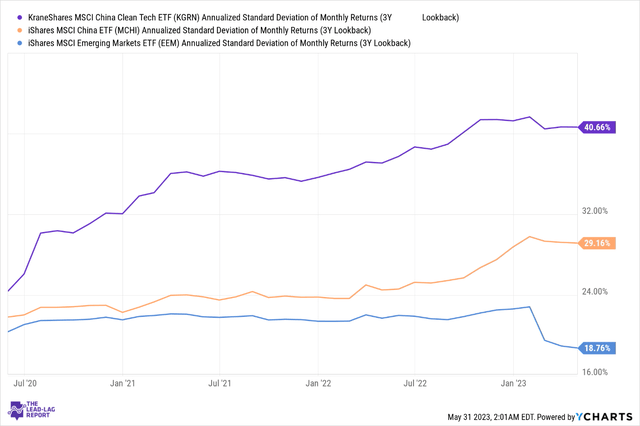
Finally, I would also point to the fact that KGRN’s holdings are not particularly cheap to own. According to YCharts, on a weighted average basis, the holdings of KGRN currently trade at 13.3x forward P/E. This represents a 9-19% premium over the corresponding valuation multiples of EEM and MCHI.
Read the full article here


